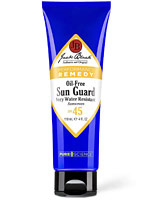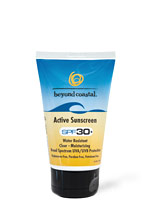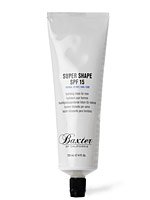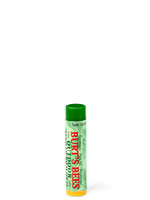The Lazy Man's Guide to Sunscreen
First a lesson in terminology: "Sunblocks" refer to the protection by products that contain metallic pigments (like the zinc on a lifeguard's nose) which scatter the sun's rays so they can't penetrate the skin. "Sunscreens" actually absorb photons from sunlight and a chemical reaction prevents the rays from damaging the skin's cells. Most good sun care products contain both these days. But you just want to make sure you don't burn, right? Here's everything you need to know.
SPF (the sun protection factor) is a rating indicating how long you can be in the sun before burning. So if after 10 minutes you start feeling the burn, an SPF 15 will protect you for 150 minutes. "You need at least a 15," says Dr. Craig Austin, a New York dermatologist. "But the lighter your skin—or the longer you'll be out in the sun—the higher your SPF should be."
Sunscreens can (and do) expire. If you're dusting off last year's bottle, chances are, it's not quite as effective.

Don't skimp: You need about one and half ounces to cover your body. That's enough to fill a shot glass.
Yes, you will need to reapply. Sunscreen typically lasts about two to three hours.

For The Water
Water can act like a magnifying glass under the sun. Up the SPF to a 45 with this water/sweat resistant lotion. It absorbs quickly and won't run or drip into eyes.
Jack Black, $20

For Sports
Leave it to a former surfer to develop the perfect active sunscreen. This long-wearing antioxidant rich cream stays put and won't leave you feeling sticky or slippery.
Beyond Costal, $15

For Everyday
This lightweight lotion combines a potent broad spectrum sunscreen with a hydrating, vitamin-enriched, non-greasy moisturizer.
Baxter of California, $18

For Lips
Your lips easily burn, but they're also easily forgotten about as well. This long-lasting, 100% natural balm features a chemical-free sunblock with an SPF 15.
Burt's Bees, $3
Comment
© Copyright 2024 Degitao Technology Pvt. Ltd - All Rights Reserved. | Privacy Policy | Terms & Conditions
